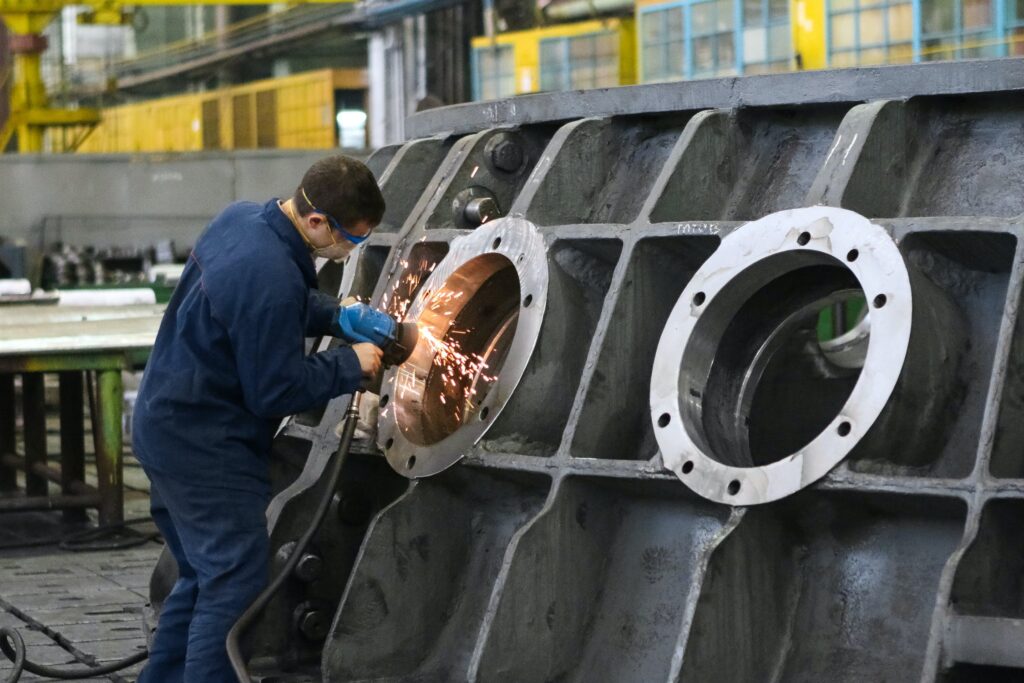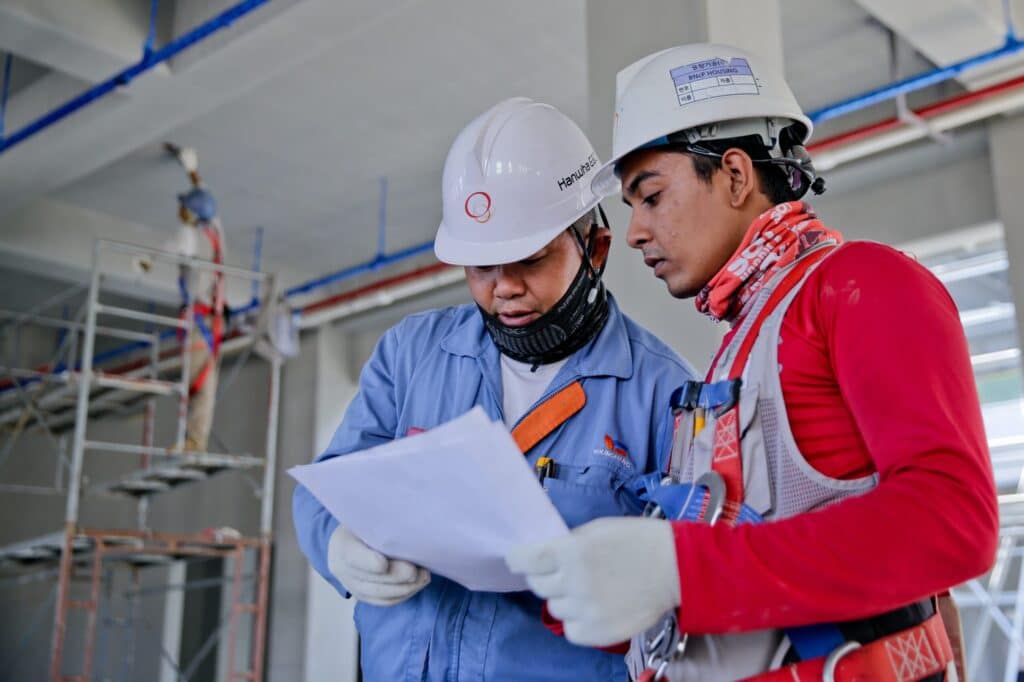What are the engineering standards and why do we need to use them? That’s the question that arise in every mind whenever we need to develop some product or follow the protocols of implemented laws within the country. Engineering standards are established guidelines with minimum requirements used whenever we need to develop, design, or manufacture any product within various branches of engineering. These standards are developed to ensure safety, efficiency, and quality across industries and promote robust solutions for different problems that arise in industries during processes.
Understanding the need for engineering standards that are implemented across industries is crucial for several reasons. These standards promote uniformity and safety cultures within professionals and organizations. To ensure that engineering marvels meet criteria, professionals use these guidelines, known as engineering standards and codes. This blog helps in understanding the significance of standards and codes and provides an overview of key examples of engineering standards.
We will look at some key points below.
Standard: A standard is a document that defines the characteristics of a process, service, or product, such as safety aspects, dimensions, and performance requirements.
Code: A code is a set of rules and regulations that specify minimum requirements of standards to protect the health and safety of workers, such as a code of construction for buildings.
Specification: A specification is a set of conditions and requirements for limited and precise applications that provide detailed guidelines for procedures, materials, products, processes, or services for use in manufacturing and primarily in procurement. Standards may be referenced in specifications.
Technical Regulations: These are mandatory government requirements that explain the performance and characteristics of a process, product, or service.
Why standards and codes?
Standardization:
- Parts from different vendors fit together.
- Common design specification
- Consistent quality
- For example, for pipe wall thickness, schedule 30
- Nail sizes, wire sizes, and bolt sizes
Safety and Legal Enforcement of Safety
- Fire prevention and protection
- Building safety
- Public and individual safety
- For example, safe nuclear or chemical plants, safe drinking water
Functional-based standards
- 110V/60 Hz or 220V/50 Hz
- Piping schedule (30, 40, 50…)
Parts Standardization
- Every mass-produced product has standards.
- IEEE has standards for electronics products and ASME for mechanical products.
- DIN, ISO, and ANSI for shapes and sizes
- US ANSI pipe standards, diameter, thickness, flange bolt size, and material
Laws and Requirements
- International and local legal requirements
- UL-listed, CSA
- JIS, ANSI, DIN, and ISO
- EPA, USNRC
- Code of Federal Regulations (CFR)
Who makes standards and codes and their list?
ASME Standards (American Society of Mechanical Engineers)
The ASME has set the guidelines for mechanical engineering with its comprehensive and detailed standards. These standards cover a wide range of topics, from power plants, elevators, construction equipment, product development (ASME Y14), pressure vessels (ASME BPVC), and piping systems (ASME B31).

ISO Standards (International Organization for Standardization)
ISO is an international nongovernmental organization made up of national standard bodies. It consists of a wide range of proprietary, commercial, and industrial standards and is comprised of representatives from various national standard organizations. Examples included ISO 9001:2015 for quality management, ISO 14001:2015 for environment management, and ISO 45001:2018 for health and safety.
ASTM Standards (American Society for Testing and Materials)
ASTM physical and mechanical testing procedures provide detailed guidelines for the determination of the metallurgical, mechanical, and physical properties of materials made of metals and alloys. Examples are scanning electron microscopy, the hole drilling strain-gage method, image analysis machines, and the X-ray diffraction method.
IEEE Standards (Institute of Electrical and Electronic Engineering)
IEEE standards cover a wide range of electrical and electronic components. Within IEEE, they develop global standards in a broad range of industries, including power generation, consumer goods, internet technology, biomedical, artificial intelligence, and many more.

OSHA Standards (Occupational Safety and Health Association)
OSHA is a regulatory agency of the United States Labor Department that has federal powers to examine and inspect workplace health and safety standards. It operates within and outside America to check and follow health and safety laws and regulations to ensure safety. Examples of OSHA standards are procedures and guidelines that are written for safety measures. Some examples are here, as it is the employer’s responsibility to provide a safe environment for workers. It is the employer’s moral and legal responsibility to manage the workplace. Provide PPE and ensure all protocols of written laws and regulations are implemented within the organization.

ASCE Standards (American Society of Civil Engineers)
ASCE, an American society of civil engineers, is a tax-exempt professional body founded in 1852 to represent civil engineers worldwide. Its main aim is the advancement of science and the profession of civil engineering and the enhancement of human welfare through its registered members. They provide guidelines and procedures for work that is being performed by civil engineers, such as infrastructure building, any advancement of buildings, properties, roads, and other government authorities involved in implementing the guidelines of ASCE.

ANSI Standards (American National Standards Institute)
ANSI is a private, non-profit organization that oversees the development of voluntary consensus standards for services, products, systems, processes, and personnel in the United States of America. ANSI also coordinated with international standards so that American products could be used worldwide.
FAA Standards (Federal Aviation Administration)
The FAA Federal Aviation Administration is a US-based federal institution within the US Department of Transportation that regulates civil aviation in the United States and worldwide. It includes air traffic control, certifications of personnel and aircraft, space missions, setting laws for airports, transportation within the airport, standards for airports, and protection of US assets from the launch and re-entry of space shuttles and commercial flights within the US and international space. The major functions of the FAA are regulating air navigation facilities, encouraging space technologies, including aviation technology, regulating space programs, and developing and implementing safe routes for commercial flights.

NIST Standards (National Institute of Standards and Technology)
The National Institute of Standards and Technology is an American-based organization that comes under the Department of Commerce and promotes American innovation and industrial competitiveness. NIST activities consist of organizing physical laboratory science programs that include nanotechnology, engineering, information technology, neutron research, material measurements, and physical measurements.
In summary, engineering standards and codes play a vital role in ensuring safety, quality, and efficiency across diverse industries. With organizations like ASME, ISO, ASTM, IEEE, and others setting the benchmarks, adherence to these standards is non-negotiable. With a commitment to regulatory compliance and a tailored approach to client needs, YENA Engineering ensures that every project meets and exceeds expectations, delivering top-notch safety and performance in every endeavor. Choose YENA Engineering for unparalleled expertise and peace of mind in your engineering ventures.


